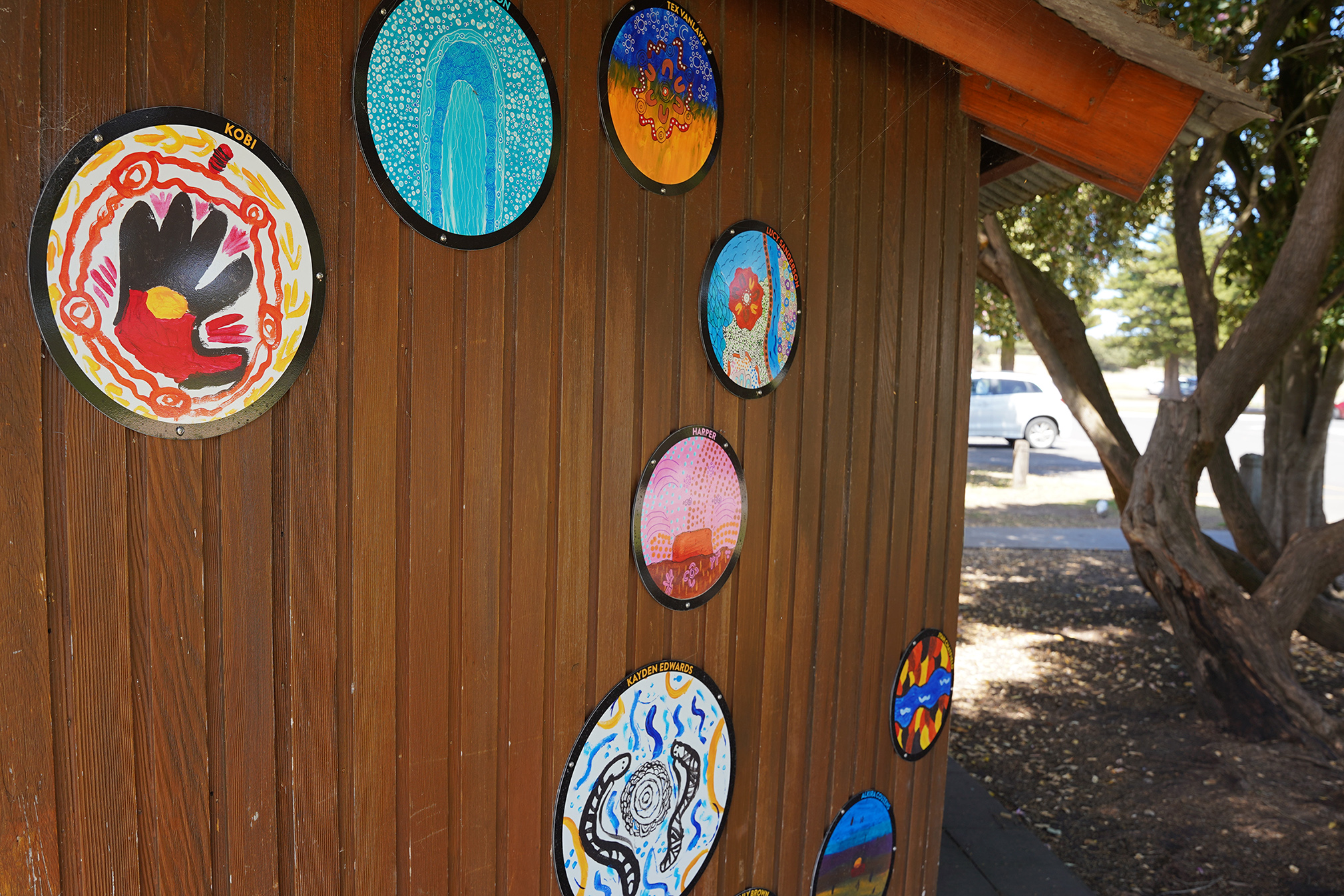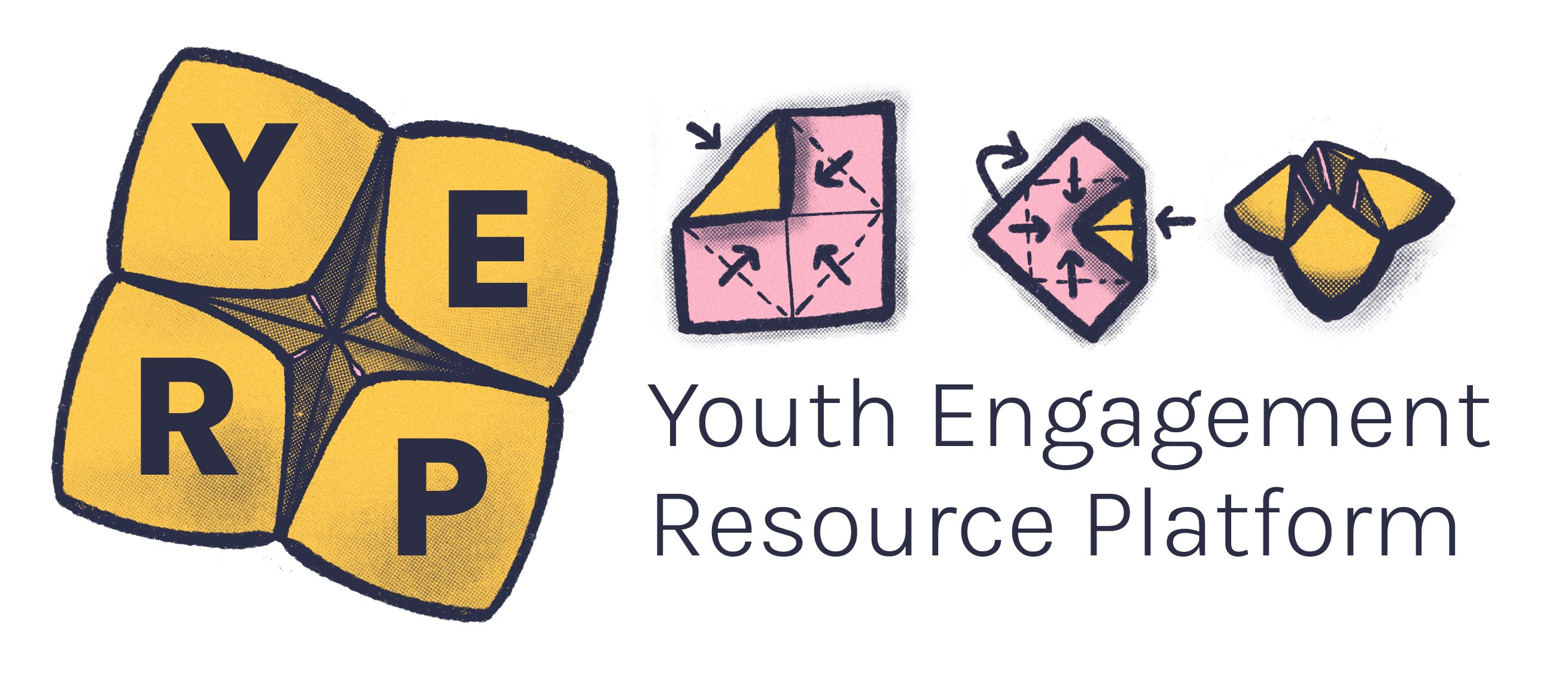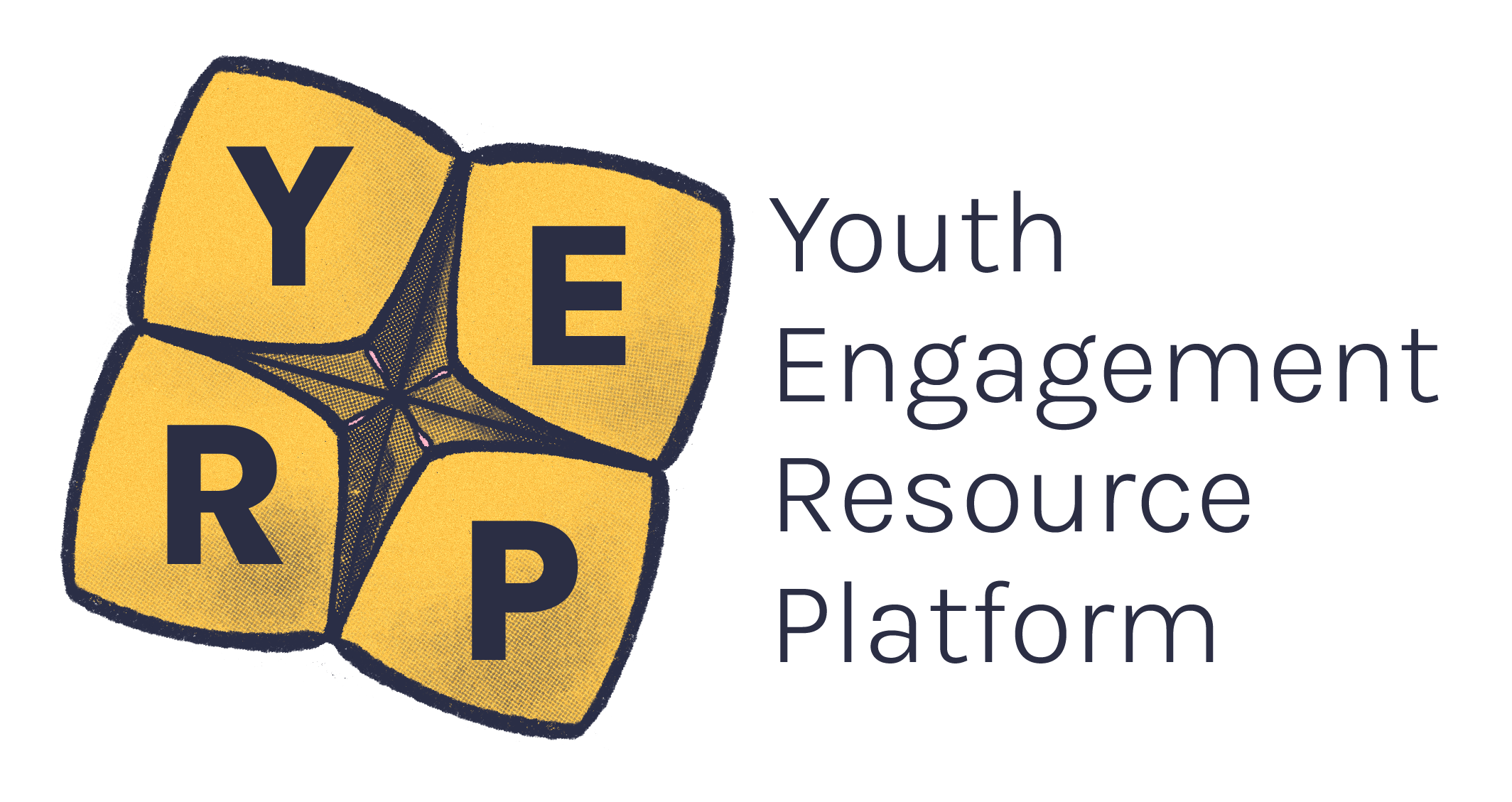Cultural competency and cultural safety are often confused as being about the same thing. They are also often spoken about in terms of healthcare systems, however they can be applied to every aspect of people’s lives and the systems in which they exist.
For best practice advice on working with First Nations young people, YACVic recommends you:
- Refer to Aboriginal-led child and youth organisations, like Koorie Youth Council or Victorian Aboriginal Child Care Agency (VACCA).
- Use online resources created by Aboriginal people, like Common Ground, and the VACCA Cultural Hub platform.
As a concept, cultural competency has existed since the 1980s, and has many different interpretations across different countries and sometimes even within the same country.1
Terminology often associated and interchanged with cultural competency can include cultural awareness, cultural sensitivity, and/or cultural respect.
An early and widely accepted definition of cultural competency is:
“a set of congruent behaviours, attitudes, and policies that come together in a system, agency, or among professionals and enable that system, agency, or those professionals to work effectively in cross-cultural situations.”2
–Terry L. Cross, Barbara J. Bazron, Karl W. Dennis, Mareasa R. Isaacs
It is also often defined with an individually focused framework, such as:
“the ability of individuals to establish effective interpersonal and working relationships that supersede cultural differences by recognising the importance of social and cultural influences on patients, considering how these factors interact, and devising interventions that take these issues into account.”3
–Mary Catherine Beach, Eboni G Price, Tiffany L Gary, Karen A Robinson, Aysegul Gozu, Ana Palacio, Carole Smarth, Mollie W Jenckes, Carolyn Feuerstein, Eric B Bass, Neil R Powe, Lisa A Cooper
Anecdotally, we acknowledge that the youth sector, especially those who have a focus on working with young people from diverse backgrounds, see limitations in current understandings of cultural competency.
Since these early definitions, there have been numerous definitions and frameworks for understanding cultural competency. They have been critiqued for being ‘individual-focused’ rather than organisational and systemic, and for promoting a ‘static’ level of achievement.1
A ‘static’ level of achievement in understanding is problematic because it focuses on acquiring knowledge, skills and attitudes and suggests someone could ‘master’ a level of function, knowledge and understanding of different cultures. In this instance, it suggests that one can become ‘competent’ in interacting with people from diverse backgrounds, in the same way one can become ‘competent’ at sport or reading.1
Being individual-focused doesn’t consider When institutions and social systems make things harder for certain people. For example, job requirements that make it hard for Aboriginal people to apply.systemic oppression, power imbalances and the different privileges that impact on people.
The consequence of this narrow approach can be the When people are excluded or treated as ‘less than’.othering of people who aren’t part of the dominant culture, and an oversimplified understanding of people based on cultural stereotypes. In this way, 'othering' can emphasise biases, discrimination and marginalisation.1, 4, 5
Cultural safety is a term that is becoming more widely used and understood as a more appropriate and respectful way of working with people from diverse backgrounds. It is broadly used in the youth sector for all cultures that are a minority group, however it was originally coined from a First Nations perspective.
Cultural safety can be understood as:
“an environment that is safe for people: where there is no assault, challenge or denial of their identity, of who they are and what they need. It is about shared respect, shared meaning, shared knowledge and experience, of learning, living and working together with dignity and truly listening.”6
–Robyn Williams
Importantly, cultural safety is widely recognised as a basic right for Indigenous people at an international level through the UN Declaration on the Rights of Indigenous Peoples.
The term was first proposed by Dr. Irihapeti Ramsden and Māori nurses in the 1990s, and in 1992 the Nursing Council of New Zealand made cultural safety a requirement for nursing and midwifery education. Cultural safety was described as providing “a focus for the delivery of quality care through changes in thinking about power relationships and patients’ rights.”7
Cultural safety invites people into self-reflection, to understand their own assumptions, biases, values, injustices and systemic oppression, as well as concepts of class and power.1 Not surprisingly, for people from dominant cultures, the concept of cultural safety is often more confronting and challenging than cultural competency.1
We recommend reading resources around cultural safety that have been developed by First Nations people, and getting training from First Nations organisations such as the Koorie Heritage Trust and ABSTARR Consulting.
A mural from Gunditjmara Country showing three pirtup (small sandpipers) wading in the surf.

A key difference between the concepts of cultural competency and cultural safety is the notion of ‘power’.1
Cultural safety centres power and the different levels of power within society for different people. It also involves concepts and ideas around the transfer of power, and how this can benefit marginalised groups.1, 7
It requires people and organisations to question their own biases, privileges, attitudes, assumptions, stereotypes and prejudices. Cultural safety moves to the culture of the person providing the space, workplace, service or program, rather than the culture of the ‘other’ person who is receiving the service (which is a focus of cultural competency).1
Cultural safety allows someone to make a conclusion about whether a space is safe for them.
Having knowledge of the two concepts will inform your work with young people from different cultures and experiences, and help you decide how to best support young people and their intersecting identities.
Self-reflection in this area can help us grow, remembering that providing safe spaces for young people goes far beyond cultural competency.
Community art on a wall near the beach on Gunditjmara Country.

- University of Auckland. (8 January 2020). Why we need to abandon cultural competency. https://www.auckland.ac.nz/en/news/2020/01/08/why-we-need-to-abandon-cultural-competency.html
- Bazron, B., Cross, T., Dennis, K., & Isaacs, M. (1989). Towards a culturally competent system of care. Center for Child Health and Mental Health Policy, Georgetown University Child Development Center, 1, 13. https://spu.edu/-/media/academics/school-of-education/Cultural-Diversity/Towards-a-Culturally-Competent-System-of-Care-Abridged.ashx
- Beach, M. C., Price, E. G., Gary, T. L., Robinson, K. A., Gozu, A., Palacio, A., Cooper, L. A. (2005). Cultural competency: A systematic review of health care provider educational interventions. Medical care, 43(4), 356.
- Fitzgerald, E., & Campinha-Bacote, J. (10 April 2019). An Intersectionality Approach to the Process of Cultural Competemility – Part II. The online journal of issues in nursing. https://doi.org/10.3912/OJIN.Vol24No02PPT202
- Kumagai, A. K., & Lypson, M. L. (2009). Beyond cultural competence: critical consciousness, social justice, and multicultural education. Academic medicine, 84(6), 782-787.
- Williams, R. (1999). Cultural safety—what does it mean for our work practice? Australian and New Zealand journal of public health, 23(2), 213-214.
- Papps, E., & Ramsden, I. (1996). Cultural safety in nursing: The New Zealand experience. International journal for quality in health care, 8(5), 491-497.





